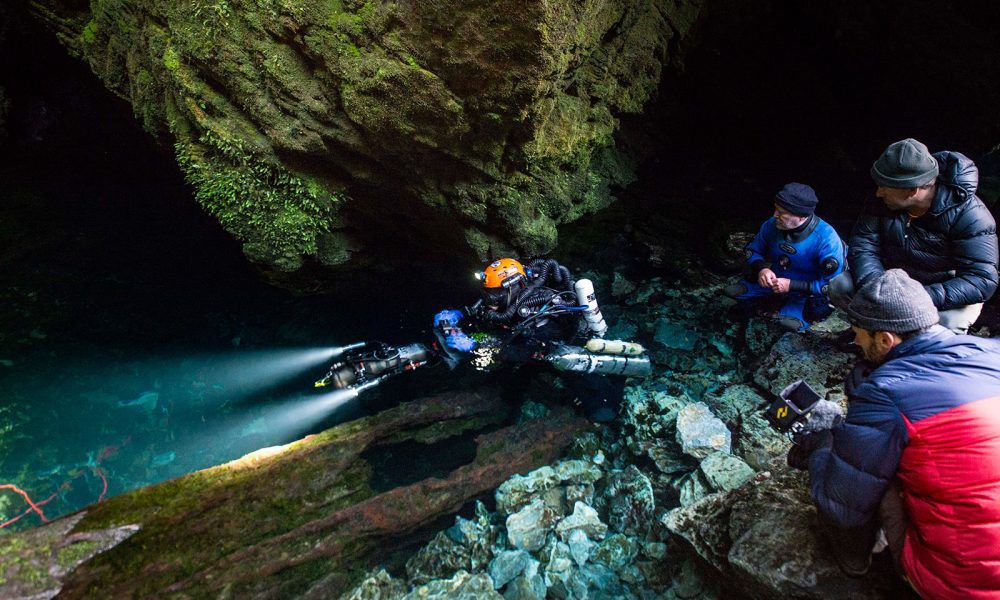10 years ago 120m was considered a rare and serious dive, now it's done every day. Even 150m have become "usuall".
But reading the incident reports and talking to some of the deep divers there's a figurative wall at around 160-180m that keeps killing a lot of people.
But reading the incident reports and talking to some of the deep divers there's a figurative wall at around 160-180m that keeps killing a lot of people.







